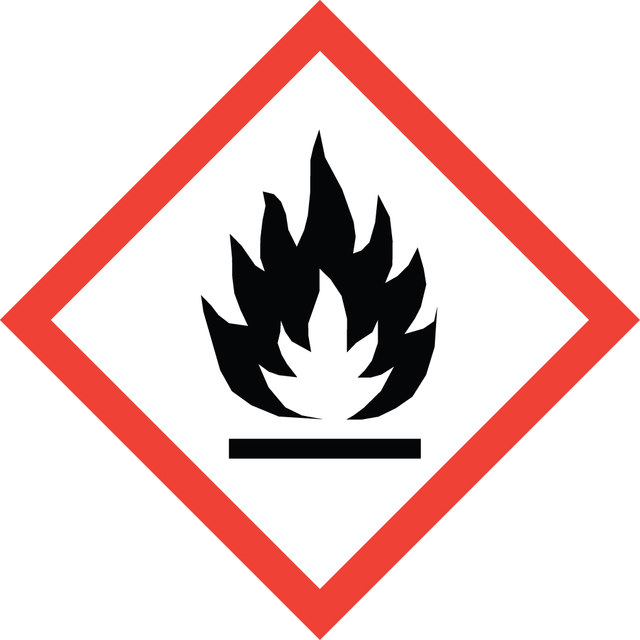XTGHP-RO
Roche
X-tremeGENE™ HP DNA Transfection Reagent
High-performance polymer reagent for transfecting many cell lines
Synonym(s):
transfection reagent
Select a Size
About This Item
grade
Molecular Biology
Quality Level
form
liquid (aqueous solution)
usage
1 mL (suitable for 165 transfections)
packaging
pkg of 0.4 mL (06366244001)
pkg of 1.0 mL (06366236001)
pkg of 5 × 1 mL (06366546001)
manufacturer/tradename
Roche
technique(s)
transfection: suitable
storage temp.
−20°C
General description
Features and Benefits
- Benefit from an easy-to-use non-liposomal reagent that is free of animal-derived components, stable at room temperature, filtered through 0.2 μm pore size membrane, and active in serum-containing medium.
- Achieve new levels of transfection efficiency in primary cells and tumor cell lines that are not transfected well by other reagents.
- Generate physiologically relevant data using a reagent with low cytotoxic effects.
- Increase experimental throughput and enable target evaluation using a simple and consistent protocol.
Physical form
Analysis Note
Other Notes
Legal Information
Signal Word
Danger
Hazard Statements
Precautionary Statements
Hazard Classifications
Eye Irrit. 2 - Flam. Liq. 2
Storage Class Code
3 - Flammable liquids
WGK
WGK 1
Flash Point(F)
334.4 °F
Flash Point(C)
168 °C
Choose from one of the most recent versions:
Already Own This Product?
Find documentation for the products that you have recently purchased in the Document Library.
Articles
Transfection introduces genetic material into cells, aiding research in gene expression and cell biology.
Small inhibitory RNAs offer easy gene expression knockdown in mammalian cells, revolutionizing gene research.
Automation is used for many applications to reduce variation caused by manual handling and to obtain reproducible results in high-throughput assays. High-throughput applications, such as knockdown studies or target screenings, often include cell transfection.
Genetic engineering enables large-scale expression and isolation of recombinant proteins for research purposes.
Protocols
Protocols for Transfecting Common Cell Lines with X-tremeGENE™ Transfection Reagents
Transient co-transfection of plasmids for cellular studies in protein interaction, transcription factor, and gene knockdown analyses.
Cell preparation for transfection Plate cells approx. 24 hours before transfection making sure cells are at optimal concentration (70 – 90 % confluency).
Lentiviruses represent a powerful tool in research applications to transduce a wide range of cell types.
Related Content
Major technological advances have made the production of monoclonal antibodies quicker and more efficient. There are three established platforms for antibody discovery. We offer reagents for production of monoclonal antibody libraries using each of these techniques.
Browse our convenient transfection reagent selection guide to match the best reagent for your specific cell line and application needs.
Our team of scientists has experience in all areas of research including Life Science, Material Science, Chemical Synthesis, Chromatography, Analytical and many others.
Contact Technical Service
